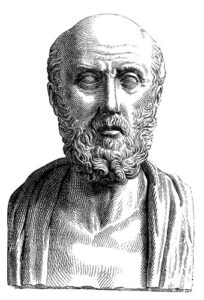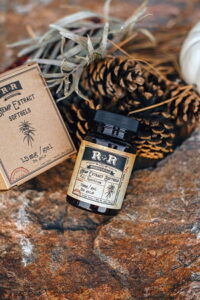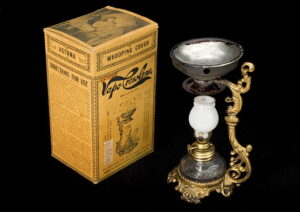 Ever hear of Hippocratic Corpus? Probably not, so let us explain. Hippocratic Corpus AKA Hippocratic Collection is a collection of medical essays attributed to the great Greek physician of antiquity – Hippocrates!
Ever hear of Hippocratic Corpus? Probably not, so let us explain. Hippocratic Corpus AKA Hippocratic Collection is a collection of medical essays attributed to the great Greek physician of antiquity – Hippocrates!
Born around 460 BC on the Greek island Cos, he led medicine away into an era of observation and diagnosis and attributing people’s illnesses to be naturally occurring, and was the result of a number of external factors; such as environmental factors, diet, and lifestyle choices.

His documents outline discussions within a variety of fields of medicine, including attending to numerous illnesses, as well as detailing theories of medicine via his observations. Hippocrates was also akin to helping people who are ill in an ethical manner; hence, the Hippocratic Oath was born and is the oath that physicians still take today. In a nutshell, western society’s ethical practice of medicine is greatly attributed to this Greek doctor and his writings of Hippocratic Corpus.
Before Hippocrates
Ancient medicine was prescribed to the belief that diseases were caused by superstitions and gods, and there was the Greek god of medicine – Asclepius, who was one of the sons of Apollo. The snake that is entwined along the staff remains a symbol of modern medicine. It is called The Rod of Asclepius. You may have seen an illustration of this staff in medical publications and/or hospitals.
Hippocrates, often called the “father of medicine,” took a different approach.
With that said, it is important to recognize that Hippocratic medicine and its philosophies are far removed from modern medicine and largely inaccurate. During his time, the Greek taboo forbade the dissection of humans, and as such, Greek doctors at the time knew next to nothing about human anatomy. It was difficult, if not impossible, to determine when diseases materialized and how to diagnose the symptoms of a virus.

Despite the many aspects of Hippocratic medicine that did not stand the test of time, one of his greatest contributions was his dedication to observation and documentation. Not only would he and his followers take careful, regular notes, but also extended clinical observations into family history and environment. These records were recorded in a clear, objective manner so they could be passed down and used by other physicians.
Because few documents have survived, it can be difficult to pinpoint what is fact and what is reverential storytelling. For instance, while the Hippocratic Oath is attributed to Hippocrates, new information shows it may actually have been written after his death.
Unfortunately, after his death, little improvements were made to the practice of medicine as many considered his teachings too great to be altered; however, his name remains in the healthcare field and is so labeled “The Hippocratic Oath”.







